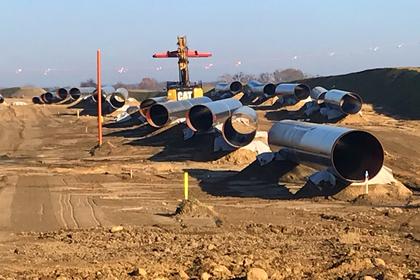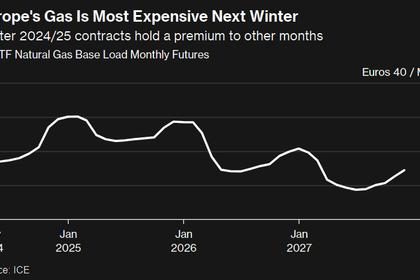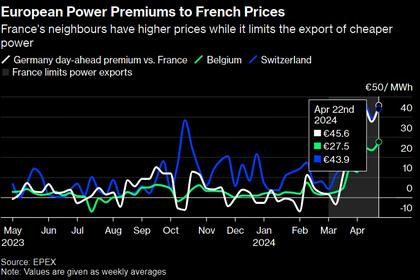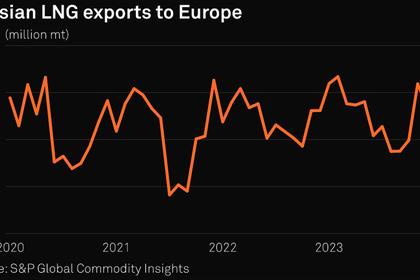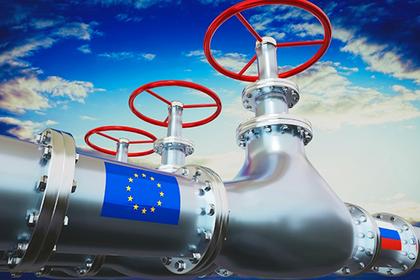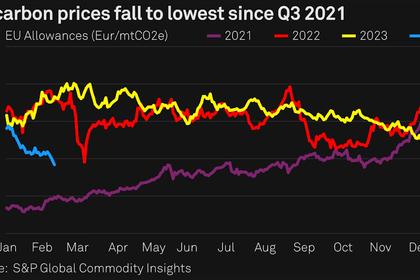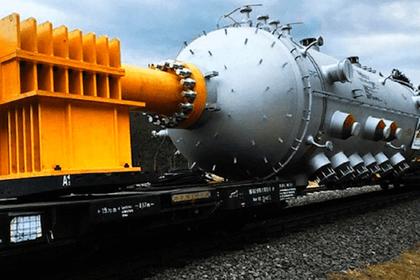
EUROPEAN RENEWABLES CUTTING
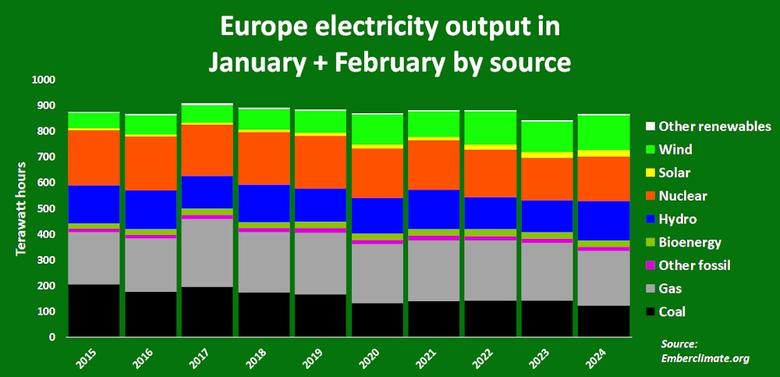
FT - May 19, 2024 - A number of major European power companies have scaled back or are reviewing their targets to develop renewable energy because of high costs and low electricity prices, in a sign of the difficulties of transitioning away from fossil fuels.
Statkraft, Europe’s largest renewable energy producer, said this month that it was reviewing its annual targets for new renewables capacity, while Portuguese energy company EDP is cutting back its plans, citing high interest rates and lower power prices.
At the same time, Denmark’s Ørsted — the world’s largest offshore wind developer — has slashed its renewable targets for 2030 by more than 10GW, enough to supply potentially millions of homes, after it was forced to abandon two large projects in the US because of rising costs.
“We are seeing continued growth [of renewables], but at a slower pace,” Birgitte Ringstad Vartdal, chief executive of Statkraft, which is owned by the Norwegian state, told the Financial Times.
Spanish energy giant Iberdrola said in April it would adopt a more “selective” approach to renewables and increase its focus on electricity grids. It no longer has an 80GW renewables target for 2030, but highlights its pipeline of 100GW.
Italian utility Enel announced in November that it would cut its investment in renewables, from €17bn between 2023 and 2025 to €12.1bn between 2024 and 2026. However, the company said it planned to continue increasing renewables capacity with partners to reach its target of 73GW by 2026.
“There has been a big reality check around renewables growth,” said Norman Valentine, head of renewables research at consultancy Wood Mackenzie. “There’s been a huge change in the cost environment.”
The picture is not universal: Germany’s RWE significantly increased its renewables target in November last year, from 50GW by 2030 to 65GW.
There is a growing political focus on the need to develop renewables, with countries agreeing at the COP28 climate summit in December to work towards tripling capacity to 11,000GW by 2030.
However, rising interest rates over the past few years have pushed up the costs of financing new projects, creating difficulties for some developers. Raw material costs have also risen, while in some markets, electricity prices have fallen. The often slow process of regulatory approval also creates challenges.
Some companies, including Enel, have said they want to invest more in upgrading electricity networks, which will be vital in the transition from fossil fuel to clean electric power. Iberdrola is planning to spend about 60 per cent of a planned €41bn of investment in the electricity grid.
Ralph Ibendahl, head of Emea energy transition at RBC Capital Markets, noted that high interest rates meant renewables developers had to compete harder for investors.
“A 7-9 per cent return at project level looks less attractive when base rates are 5 per cent,” he said. “Many utilities also have opportunities to invest in other areas of their business (such as regulated networks) instead.”
Deepa Venkateswaran, head of utilities at Bernstein, said that companies were investing more in networks in the expectation of improved returns given their importance to the energy transition.
Iberdrola and French utility Engie have also recently cut or delayed targets for producing “green” hydrogen — a potential replacement for fossil fuels in several industries that is heavily dependent on subsidies. Iberdrola said it was “still waiting for funds to come through” for projects.
Despite the current challenges, Vartdal at Statkraft said she was confident the economics of projects would improve. Ibendahl, at RBC, agreed.
“These things happen in waves — at the moment we are on a more downward part of the curve, but it will come back,” he said.
-----
Earlier:
